Experience Viennas Cultural Treasures: Unveiling Masterpieces in its Must-Visit Museums
Introduction
Vienna, the elegant capital of Austria, is known for its rich cultural heritage and artistic legacy. The city is home to some of the world’s most renowned museums, housing masterpieces that span centuries of artistic expression. From classical to contemporary, Vienna has a museum for every art lover’s taste. In this article, we will explore the must-visit museums in Vienna that unveil the masterpieces of the ages.
The Belvedere
One of Vienna’s most iconic museums, the Belvedere, is a complex of two magnificent Baroque palaces. The Upper Belvedere and the Lower Belvedere are connected by beautiful gardens, making it a cultural and architectural masterpiece in itself. The Belvedere is home to an extensive collection of Austrian art, with the highlight being the works of Gustav Klimt.
- Address: Prinz Eugen-Straße 27, 1030 Vienna
- Website: https://www.belvedere.at/en
The Lower Belvedere houses the permanent collection of medieval art, featuring works from the Middle Ages to the Baroque period. Here, you can marvel at religious pieces, stunning sculptures, and exquisite tapestries. The Upper Belvedere, on the other hand, is home to an impressive collection of nineteenth and twentieth-century art, including the world-famous painting, “The Kiss,” by Gustav Klimt.
Another highlight of the Belvedere is the Orangery, which hosts special exhibitions throughout the year. These exhibitions showcase contemporary art, allowing visitors to experience the artistic diversity of the modern world. The Belvedere offers a comprehensive and captivating journey through the history of Austrian art, making it a must-visit for any art enthusiast.
The Kunsthistorisches Museum
The Kunsthistorisches Museum, located on Vienna’s famous Ringstrasse, is not only one of the most important art museums in the world but also one of the most beautiful. Built in the late nineteenth century, the museum’s architectural grandeur matches the magnificence of its art collection.
- Address: Maria-Theresien-Platz, 1010 Vienna
- Website: https://www.khm.at/en/
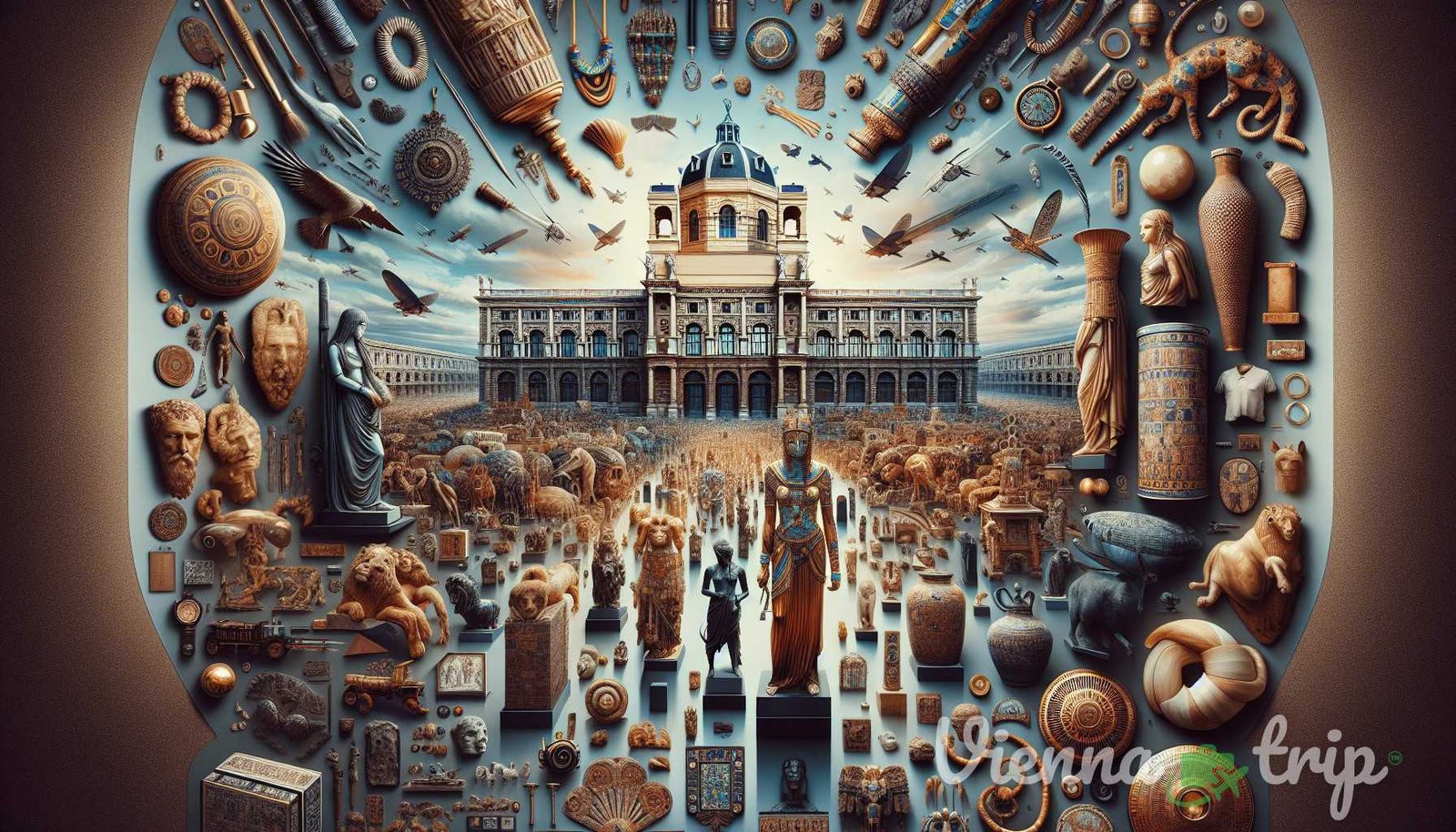
The Kunsthistorisches Museum holds an extensive range of artworks from various periods and regions, including Ancient Egypt, Classical Antiquity, European paintings, and decorative arts. The Egyptian and Near Eastern Collection showcases artifacts from ancient civilizations, including sculptures, jewelry, and mummies. The Collection of Greek and Roman Antiquities is equally impressive, with its vast array of statues, ceramics, and architectural fragments.
One of the highlights of the Kunsthistorisches Museum is its collection of European paintings, which includes works by some of the most renowned painters in history. Visitors can admire masterpieces by artists such as Peter Paul Rubens, Rembrandt, Vermeer, and Velázquez. The collection spans from the Middle Ages to the eighteenth century, showcasing the evolution of European painting styles.
Aside from its permanent collection, the Kunsthistorisches Museum also hosts temporary exhibitions that attract art lovers from around the world. These exhibitions cover various topics and artists, providing visitors with fresh perspectives and unique artistic experiences.
The Albertina
The Albertina, located in the heart of Vienna, is a world-class museum with an extensive collection of graphic art. It houses over one million prints and over 60,000 drawings, making it one of the largest and most important graphic art collections in the world.
- Address: Albertinaplatz 1, 1010 Vienna
- Website: https://www.albertina.at/en
The Albertina’s collection spans a wide range of periods and styles, from the late Gothic period to contemporary art. Visitors can admire works by artists such as Albrecht Dürer, Rembrandt, Picasso, and Warhol. The museum’s collection also includes a vast array of architectural drawings, making it a paradise for architecture enthusiasts.
One of the highlights of the Albertina is the Habsburg Staterooms, which showcase the opulent living quarters of the Habsburg Dynasty. Visitors can immerse themselves in the grandeur of the imperial era and gain insights into the life of the royal family.
In addition to its permanent collection, the Albertina hosts rotating exhibitions that focus on specific artists, periods, or themes. These exhibitions ensure that there is always something new and exciting to discover at the museum.
The Leopold Museum
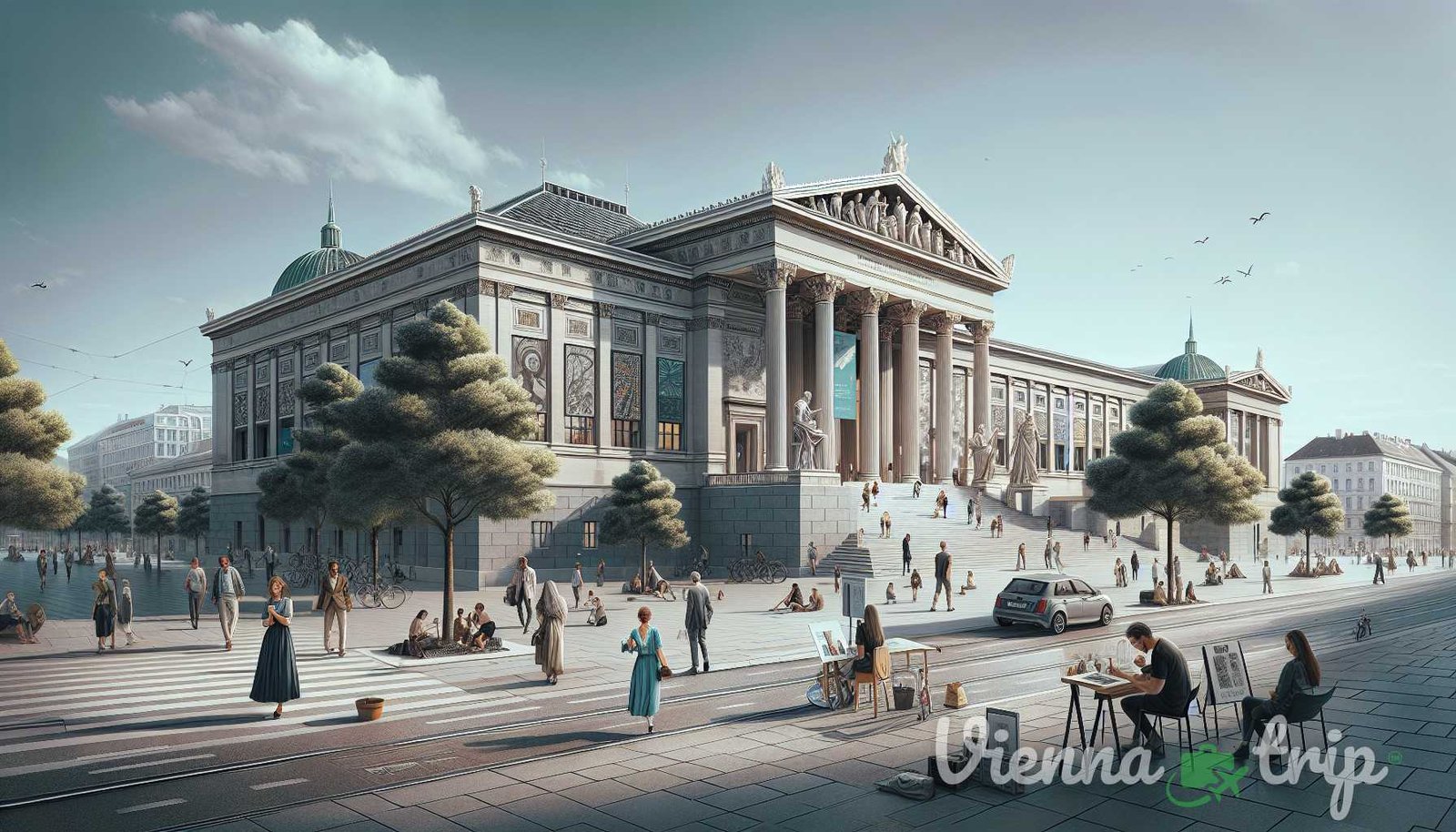
The Leopold Museum is a modern art museum located at the MuseumsQuartier in Vienna. It is named after Rudolf Leopold, a renowned art collector and patron. The museum showcases an extensive collection of Austrian art from the late nineteenth century to the present day.
- Address: Museumsplatz 1, 1070 Vienna
- Website: https://www.leopoldmuseum.org/en
The Leopold Museum is best known for its collection of works by Egon Schiele and Gustav Klimt, two of Austria’s most influential artists. Visitors can admire Schiele’s provocative and expressive paintings, as well as Klimt’s iconic golden artworks. The museum also houses works by other Austrian artists, including Oskar Kokoschka and Richard Gerstl.
In addition to its permanent collection, the Leopold Museum hosts temporary exhibitions that focus on modern and contemporary art. These exhibitions showcase the works of both established and emerging artists, providing visitors with a glimpse into the ever-evolving world of art.
The Museum of Applied Arts
The Museum of Applied Arts, also known as MAK, is a unique museum dedicated to the applied arts, design, and architecture. It showcases a diverse range of objects, from furniture and glassware to textiles and ceramics.
- Address: Stubenring 5, 1010 Vienna
- Website: https://www.mak.at/en
The museum’s collection spans multiple centuries and cultures, offering insights into different artistic movements and design trends. Visitors can admire Art Nouveau masterpieces, Bauhaus designs, and contemporary creations. The MAK also hosts temporary exhibitions that explore various aspects of design and craftsmanship.
Aside from its exhibitions, the MAK is known for its unique architectural design. The main building, designed by the renowned architect Heinrich von Ferstel, is a stunning example of Viennese Historicism. The museum’s interior features a combination of architectural styles, creating a visually striking space for art and design.
The Vienna Secession
The Vienna Secession is not a museum in the traditional sense, but rather an organization of artists that broke away from the academic art establishment in the late nineteenth century. The Secession Building, designed by the prominent architect Joseph Maria Olbrich, serves as the headquarters of the movement and houses a gallery that hosts exhibitions of contemporary art.
- Address: Friedrichstraße 12, 1010 Vienna
- Website: https://www.secession.at/
The Secession Building itself is a work of art, with its distinctive gold leaf dome and ornate facade. Inside, visitors can explore the gallery space and experience contemporary art in a setting that reflects the spirit of the Secession movement.
The Vienna Secession played a significant role in the development of modern art and design. It challenged the traditional academic style and embraced new forms of expression. Artists associated with the Secession, such as Gustav Klimt and Koloman Moser, sought to break free from the constraints of the past and create art that reflected the modern era.
The House of Music
The House of Music, or Haus der Musik, is a unique museum dedicated to the history and science of music. Located in the historic Palais Archduke Charles, the museum offers interactive exhibits that allow visitors to explore the world of sound, composition, and musical innovation.
- Address: Seilerstätte 30, 1010 Vienna
- Website: https://www.hausdermusik.com/en
One of the highlights of the House of Music is the Virtual Conductor exhibit, where visitors can conduct the Vienna Philharmonic Orchestra through a virtual reality experience. The museum also features a Sound Museum that showcases historical instruments, as well as a Composer’s Room that pays tribute to the great composers associated with Vienna, such as Mozart, Beethoven, and Strauss.
In addition to its interactive exhibits, the House of Music hosts regular concerts and performances, showcasing the talents of both established musicians and emerging artists. These events provide visitors with a unique opportunity to experience the magic of live music in a historic setting.
Conclusion
Vienna’s museums are a treasure trove of artistic masterpieces, offering visitors a unique opportunity to explore the rich history of art and culture. From classical to contemporary, these museums showcase a diverse range of styles and movements, providing a comprehensive overview of the world of art. Whether you are a seasoned art enthusiast or simply curious about Vienna’s cultural heritage, a visit to these must-visit museums is sure to leave a lasting impression. So, immerse yourself in the beauty and creativity of Vienna’s museums and discover the masterpieces that have shaped the art world.




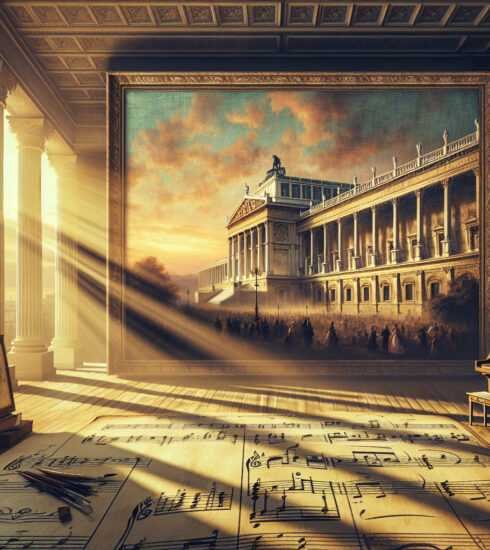
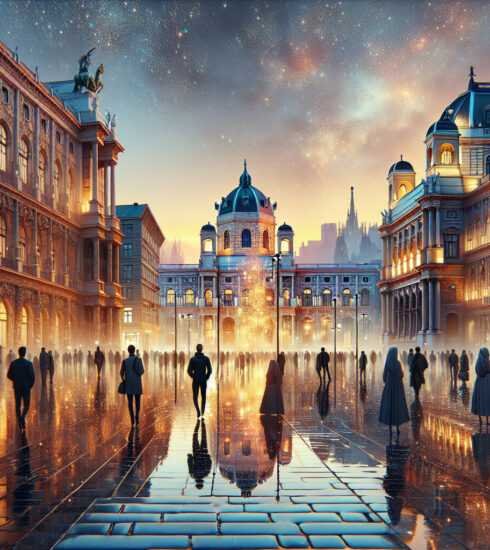
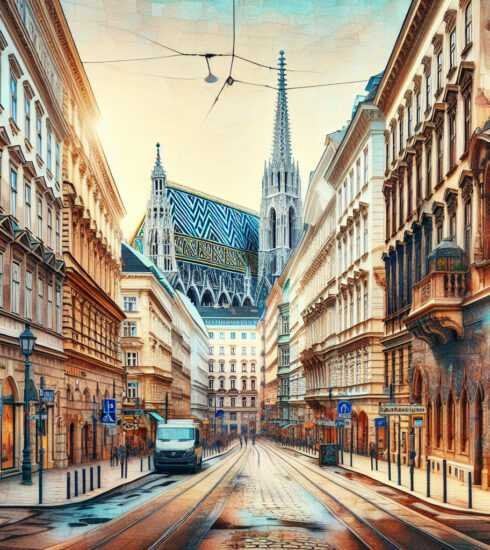
ᐈ Vienna Art Stories: Discover the Enchanting Heritage Behind Vienna's Timeless Art ᐈ Vienna: Elegant, Informative, Timeless
3 months ago[…] Internal link to: Vienna Museums […]